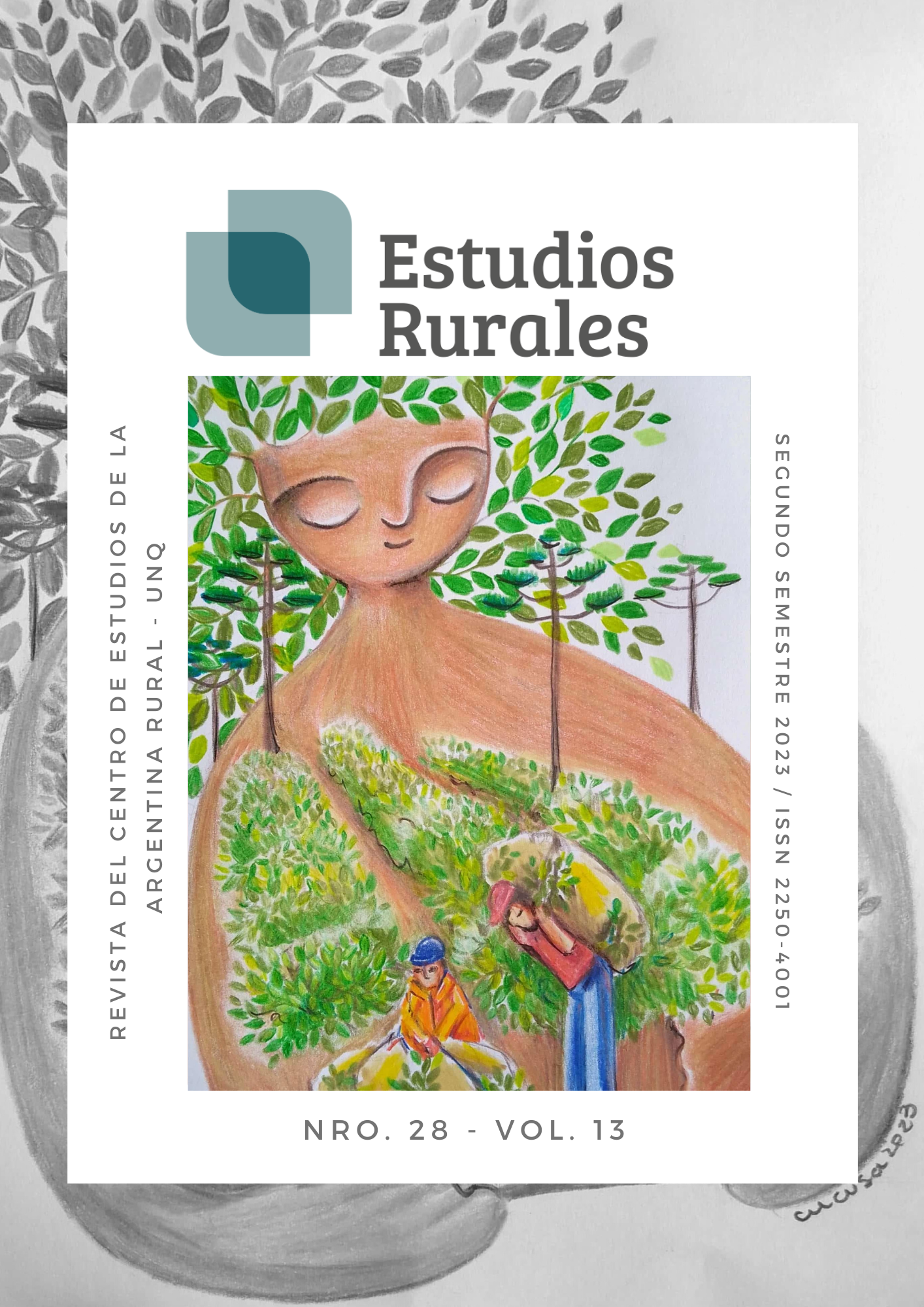¿Cuál fue el impacto de la Ley de Tierras de 1850?
Conflictos entre vecinos en Brasil en el siglo XIX: experiencias en Valença y Campinas
DOI:
https://doi.org/10.48160/22504001er28.467Palabras clave:
Ley de Tierras, Propiedad, LegislaciónResumen
Este artículo busca analizar cómo se aplicó la Ley de Tierras de 1850, el cuerpo legislativo más importante sobre la cuestión de la tierra en Brasil, con sus disposiciones y sanciones establecidas por su Decreto de 1854, y comprender cómo se operativizó esta legislación en la realidad social de dos localidades cafetaleras: Valença, en el Vale do Paraíba Fluminense, y el municipio de Campinas, en el Oeste Paulista. Es fundamental comprender cómo la “nueva propiedad”, discutida por la clase propietaria dentro del Estado, dialogó, acordó y confrontó la realidad consuetudinaria de los individuos que disfrutaban directamente de la tierra en una lógica ya del mercado y para el mercado. En este caso, el tortuoso proceso de construcción de la noción de propiedad debe ser investigado desde esta perspectiva analítica que confronta el texto legislativo, que particulariza una determinada propiedad, con las relaciones sociales que amplían la mirada del historiador interesado en las distintas formas de ser propietarios.


